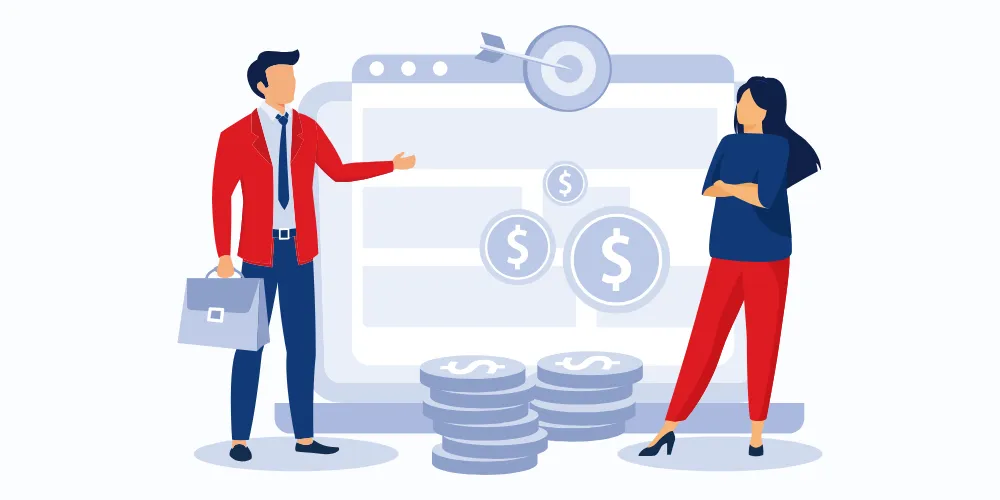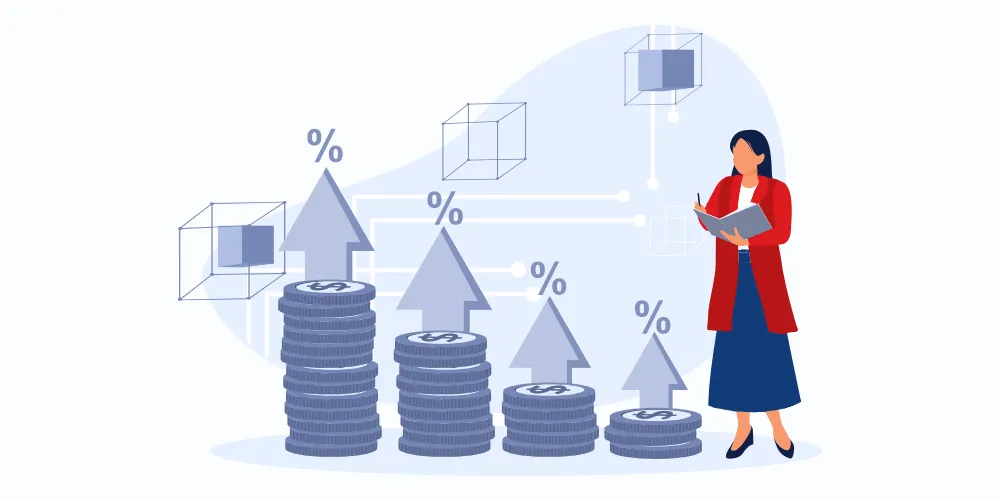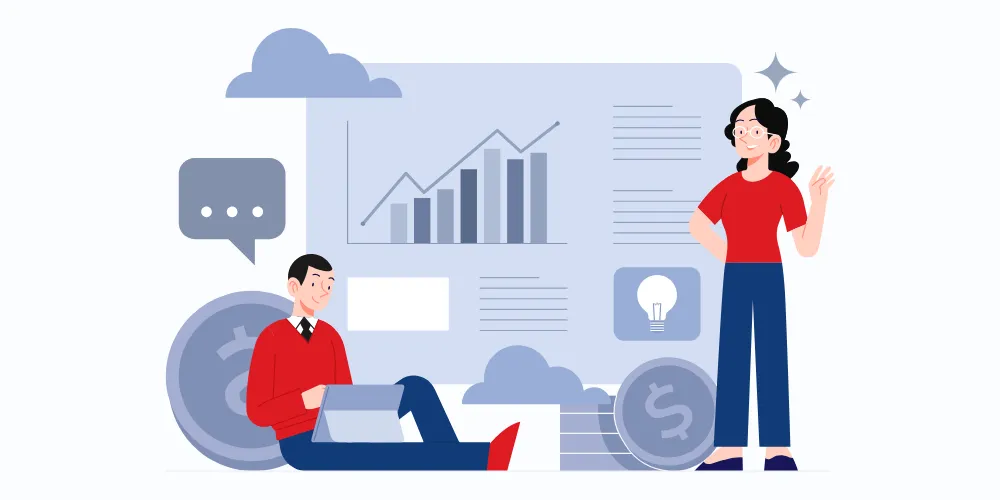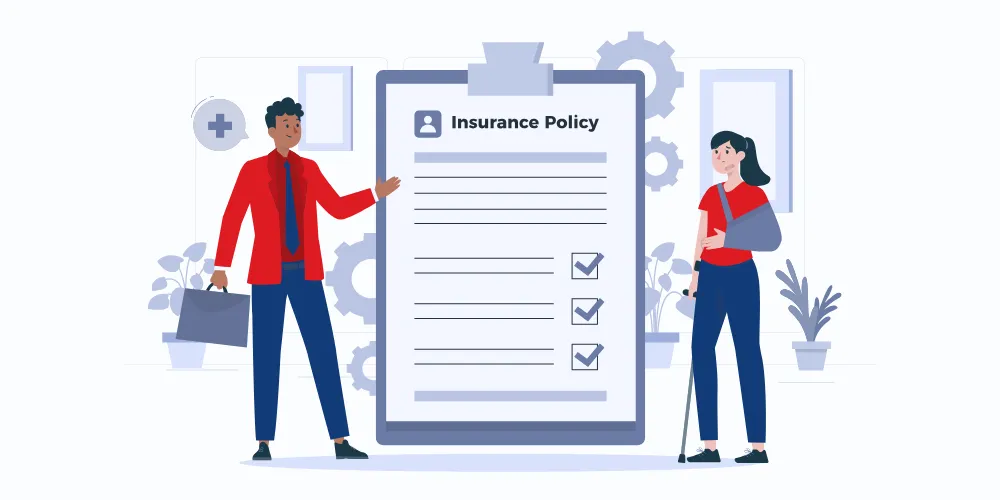Group incentive plans encourage collaboration and teamwork by rewarding collective efforts rather than individual performance. They create a sense of shared responsibility, improve communication, and motivate team members to align their goals with organizational objectives. Furthermore, they can boost morale and create a culture of mutual support, creating a win-win situation for all team members.
Understanding Group Incentive Plans
- Sujeet Pillai
- May 16, 2022
- 4 min read
- Last updated on Jan 21, 2025
Introduction
Group incentive plans are structured programs to incentivize a team/department within an organization to achieve collective goals. Unlike individual incentives, which focus on personal performance, these plans align rewards with the group's contribution to business objectives. Organizations typically tie group-based incentive plans to metrics like sales targets, project milestones, or operational efficiency.
Group incentive schemes play a key role in teamwork and cooperation. These plans tear down barriers between organizational departments and create a sense of shared duty through joint efforts. Companies that handle complex incentive processes use group incentives to make sure everyone involved feels driven to work towards a shared aim.
In incentive management, group-based incentive plans help match team output with wider company strategies. They offer a straightforward system for measuring success and giving incentives, boosting job satisfaction and employee retention. These plans also push for integration across different job roles, ensuring teams align to achieve business results.
How Group-Based Incentive Plans Differ from Individual Incentive Schemes
In contrast to individual incentive schemes, group incentive schemes incentivize the entire group of workers. Under this arrangement, each member of the group is awarded based on their group's performance. This technique is extremely beneficial in situations when individual worker output cannot be quantified, but group worker output can be commonly measured. The emphasis in group incentive plans is mostly on teamwork toward a common goal.
The group incentive scheme focuses on the group meeting a specified output level and qualifying for the incentive payment. A team approach is required, with all members contributing to achieving and maintaining the output. Such collaborative efforts can be rewarded with group incentive plans based on the piecework or variations and the conventional hour plan.
When to Use Group Incentive Plans
Group incentive programs are best suited for and appropriate in the following scenarios where individual performance cannot be properly quantified:
- A group of employees all have the same sort of talent or ability.
- The accomplishment of the goal is tied to the group's collaborative efforts.
- The goal is to incentivize indirect employees rather than direct workers.
- A group is made up of a small number of people.
Types of Group Incentive Plans
1. Profit-Sharing
One type of group incentive program is profit-sharing. In this collaborative incentive program, you pay your employees a share of your company's overall earnings. Profit-sharing fosters a sense of responsibility among employees and supports higher team performance. Employees understand that the stronger their performance, the healthier the corporation's economic picture, and the greater their prospective monetary incentives.
2. Priest Man's Plan
Another type of group incentive scheme includes Priest Man's plan. This plan establishes a standard performance for the whole organization. If performance surpasses the benchmark, an incentive is given in proportion to the increase. In the event that output does not meet the criteria, workers are only paid the minimum pay. Workers are sufficiently motivated to improve their performance. Individual workers are not compensated under this system. Workers exhibit a sense of teamwork since productivity hacks for salespeople will rise as a result of the combined efforts of the organization's numerous members. Inefficient workers contribute to the efforts of efficient workers since higher output helps everyone in the firm.
3. Scalon Plan
Joseph Scalon inspired the name of this approach. Under this plan, a one percent participation incentive is paid for every one percent gain in production. Except for senior management, all employees are eligible for the incentive. The appropriate sum or bonus is not paid every month. A one-half of the first fifteen percent reserve fund is established to compensate for any changes in labor costs. If this reserve is still unclaimed at the end of the year, it is dispersed among workers in the final month of the year, and a new reserve is formed.
4. Employee Stock Ownership Plans (ESOPs)
Employee stock ownership plans (ESOPs) provide workers with business shares, either as an outright grant or at a beneficial price that may be less than market value. These plans are more popular in large insurance providers, banking institutions, gas and electric providers, and businesses with more than $500 million in revenue. The primary goal of ESOPs is to encourage mutuality of interests and to make employees feel that they are part of a company and understand the management's point of view. As co-partners, they will act responsibly and strive to make the company more lucrative and successful. Other potential merits include the encouragement of thrift and confidence, the establishment of an additional incentive to work effectively and collaboratively, and providing a new source of investment money.
Examples of Group Incentive Plans
1. Spot Bonuses
A spot bonus is a significant incentive given to employees on the spot in exchange for performing a specified assignment. These are usually monetary awards, starting at as little as $50 and going up from there. This bonus encourages employees to take the initiative and go above and beyond. If you spot a group performing extremely well in their area, you can award the prize to that group on the spot. Offering spot incentives has the advantage of providing a quick response to excellent employee conduct. Even if an employee receives an annual performance bonus, receiving a modest amount of cash immediately away gives praise and encouragement.
2. Project Bonuses
Employers can commemorate and acknowledge project completion by scheduling project incentives. Project incentives often stipulate a deadline for the team to receive a monetary award. When adopting a project-based effective sales compensation plan, make clear what criteria employees must achieve to get the bonus, such as financial constraints and milestones. Because everyone on the project team has a role in whether or not everyone earns a project bonus, project incentives promote collaboration and friendship. Each member would be driven to work as a team and assist one another in accomplishing the objectives.
3. Non-Monetary Incentives
Aside from the standard paid time off, give your staff additional vacation days for performance gains. This assists them in achieving a better work-life balance. Some employees dress casually, such as in jeans and a T-shirt. Consider having a casual dress day once a week for the top-performing team. Company picnics allow employees to get away from the office. They're also a terrific technique to boost teamwork. For example, an excursion to an amusement park or similar recreational facility is an alternative to the typical picnic in the park.
Advantages and Disadvantages of Group Incentive Plans:
Advantages
- Collaboration & Teamwork: It encourages employees to work together toward shared goals, promoting a culture of cooperation.
- Boosts Morale and Satisfaction: Rewards collective achievements, enhancing job satisfaction and retention.
- Aligns with Organizational Objectives: Directs employees’ efforts toward broader company goals.
- Improves Communication: Strengthens inter-departmental collaboration and creates a unified approach to problem-solving.
- Effective for Group-Measurable Outputs: Ideal for situations where individual performance is hard to measure but group contributions can be quantified.
Disadvantages
- Risk of Free-Riding: Less motivated employees may rely on others to achieve goals, causing frustration among high performers.
- Lack of Individual Recognition: High-performing team members might feel undervalued if their contributions go unnoticed.
- Complex Performance Metrics: Designing fair and transparent criteria for group success can be challenging, especially in diverse teams.
- Potential Demotivation: Unattainable targets can reduce overall morale and hinder engagement.
- Team Dynamics Issues: Friction can arise if employees perceive unequal efforts within the group.
Organizations should have fair metrics, clear communication, and a balance between recognizing individual and team contributions to make group incentive programs successful.
Here's Your Takeaway
It is critical for a business owner or someone in a leadership capacity to foster a solid work ethic, enthusiasm, and creativity in the workplace. Offering group incentives in addition to basic pay is a terrific approach to invigorate your staff and enhance retention rates by providing a happy and competitive workplace. Group incentive plans are reward programs that provide lump-sum cash payouts, time off rewards, and/or casual appreciation gifts to groups of employees who accomplish or surpass pre-established organizational performance criteria. Creating successful group incentive programs can be critical to achieving business objectives.
An incentive plan is a strategy for motivating individual or group performance. An incentive system consists mostly of monetary benefits, such as incentive pay, but may also contain non-monetary rewards.
Frequently Asked Questions
What is the advantage of a group incentive plan?
Are group incentives better than individual incentives?
Group incentives can be beneficial or not, depending on the situation. Group incentive schemes work well when teamwork and collaboration are critical for success, such as in project-based environments or departments where results depend on collective efforts. On the other hand, individual incentives are better suited for roles with clearly measurable performance metrics. A balanced approach, incorporating both types of incentives, is often the most effective, as it recognizes both individual contributions and team achievements.
Do we have to use monetary rewards as incentives?
No, incentives don't have to be monetary. Non-monetary rewards, such as recognition programs, career development opportunities, flexible work arrangements, or exclusive perks, can be equally effective in motivating employees. These options can be tailored to what employees value most, often leading to greater engagement and satisfaction. The key is understanding what drives your workforce and offering meaningful incentives that align with their preferences.




